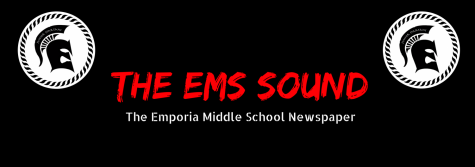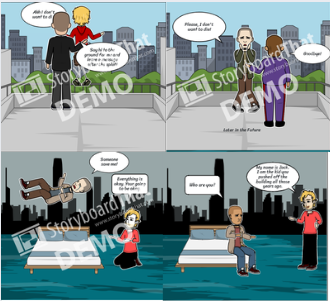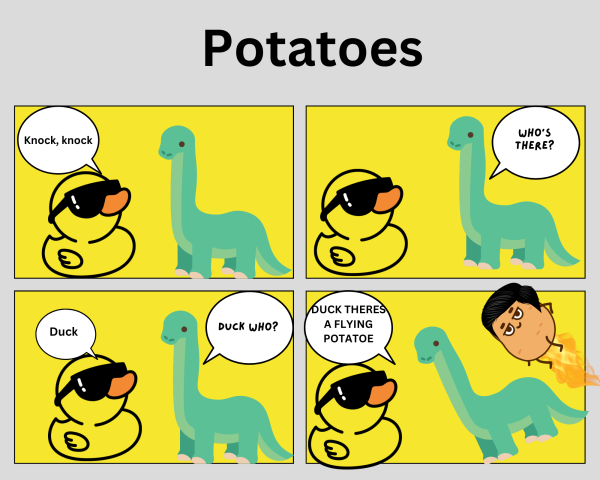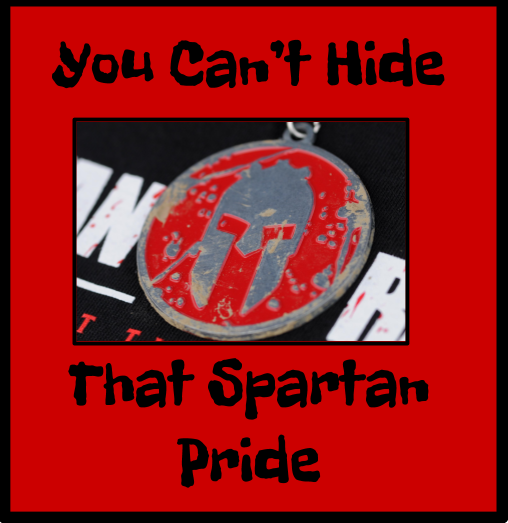What the Life as a British Tank Driver was like

Here we have a POW camp. It might look crowded but the camp was temporary.
May 7, 2019
Did you know that the very first tanks were created in World War 1 by the British Army? The Soviet Union had more than the whole world combined with 18,000-22,000 tanks. But have you ever wondered what it was like during or after maybe even training after a battle? Well, let’s get right into the life of a British Tank Driver.
British tank driver or crew member’s training was really harsh. You had to march a certain amount of miles every day. They were fed with potatoes and other small portions of canned food. After training, they were fairly hungry but were situated with the prettiest and most cheerful girls. Sometimes, if you got lucky and moved to a good camp, you had a cinema and sometimes a gymnasium.
During the battle, all they had to eat inside of the tank were canned beans, peas, and raw potatoes (which was fairly healthy). If you made it up the ranks to lieutenant or General you were fed fresh beef, pork, and fish. But as food supplies got lower and were far from supply lines you ate corn beef with a bread biscuit and also a soup. That soup was called Maconochie which was a fairly healthy vegetable soup.
Some things most of the British wore were wool coats and white clothing. They didn’t wear that much complicated clothing. You didn’t have to worry that much about your clothing and having to wash it all the time. Most tank drivers did not wear tank helmets. Most wore berets with headphones.
More than 70 to 85 million people died in World War 2. Equipment losses of tanks were not even close to casualties lost with only 167,000 tanks lost or destroyed in the Great War. Do you think you could’ve survived in World War 2 with this limited diet and fear of getting ripped to pieces by another tank shell? All these soldiers should be honored for their fearlessness for these actions.






